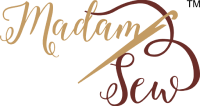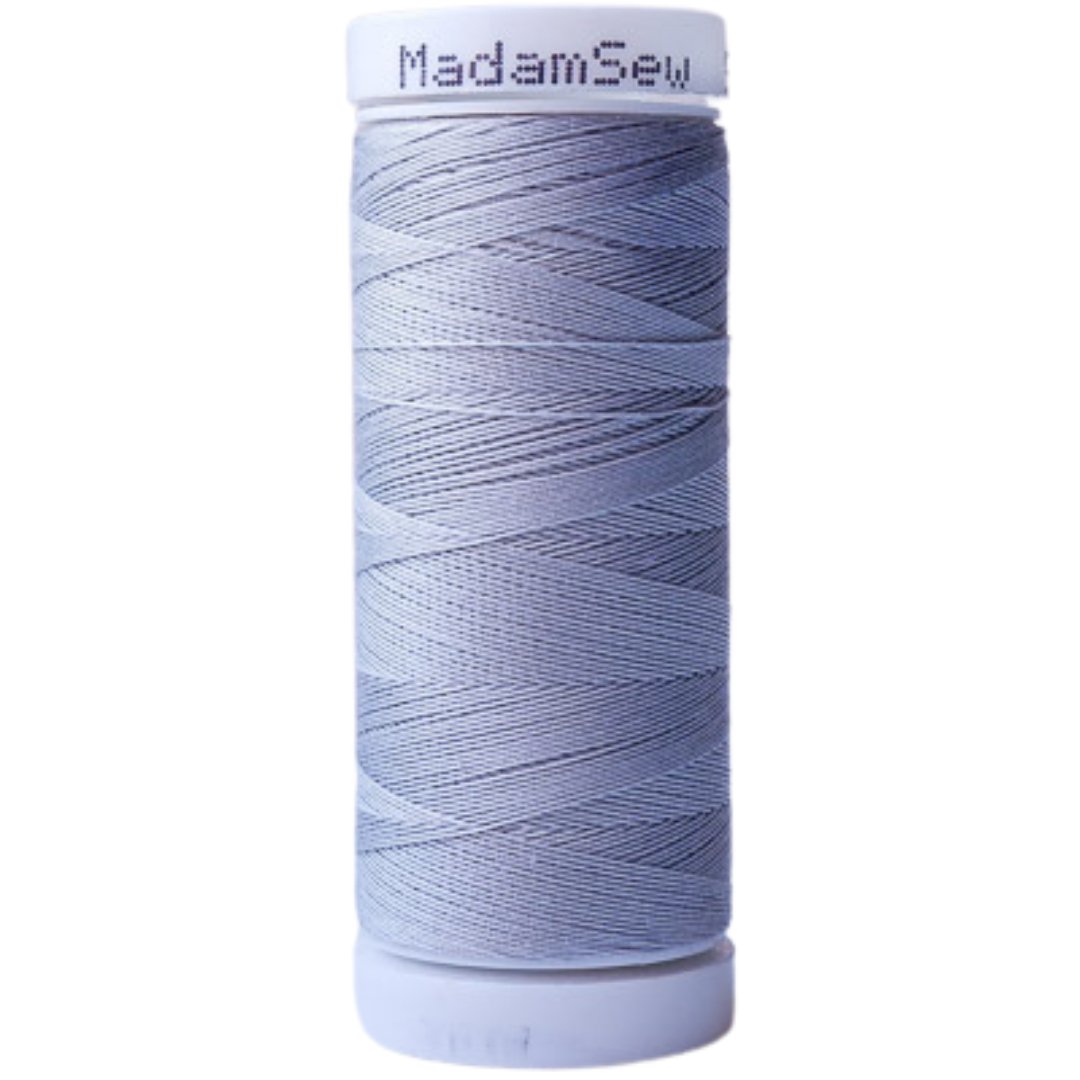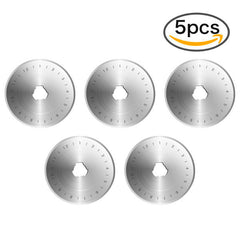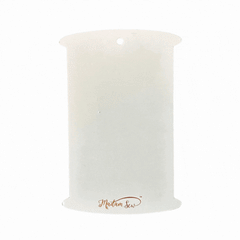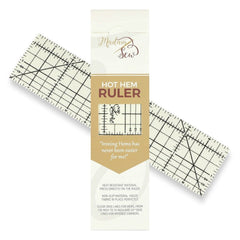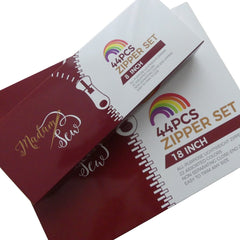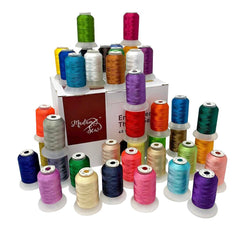How to Make a Gathered Summer Skirt
Don’t you love it when you get some new fabrics in your hands? I made a gathered skirt for my 7 year old daughter. We both love it! She loves yellow and I like stripes :-)
In this post, I’m going to show you how easy it is to make a gathered skirt for summer. I found a free gathered skirt pattern on PurlSoho.com. I love it because it’s simple and has two big pockets. Another big plus is you don’t need to print the pattern. You simply measure and cut the rectangular pieces according to the charts. I hope you’ll grab some fabric and sew along with me.
Figuring out how to put the different pieces together was the most difficult part for me, but then again, I know that is not my talent. Maybe it’s a piece of cake for all you sewing experts :-) So, if I made this fun gathered skirt, you surely can too!
I used some cotton fabric with white and yellow scallop stripes for my daughter’s gathered skirt. You can use any fun, woven print you like.
I made this free gathered skirt pattern in a size 6-7 years, but I’ll go ahead and include Purl Soho’s cutting chart for all sizes in this post.
Materials and Tools You Can Use
Materials
- Your favorite cotton fabric (for the yards → check table)
- 1 yard of ¾” white braided elastic
- Matching threads
You can choose to use a different fabric for the pocket pieces, but I didn’t.
The following table from Purl Soho helps you determine how much fabric you’ll need for the size you want to make.

Tools
- Edge Stitching Foot (Also called: Stitch in the Ditch Foot) - #27 in Madam Sew’s Ultimate Presser Foot Set
- Wide Hemmer Foot
- Overcast Foot - #28 in Madam Sew’s Ultimate Presser Foot Set
- Cutting Mat, Ruler, and Rotary Cutter
- Fabric Scissors
- Heat Erasable Gel Pen
- Clips and Pins
- Sewing Machine
- Universal Needle
Prepare the Waistband
Start by preparing the waistband. Cut a long rectangular strip of fabric according to the chart below. I used a piece 3-inches wide by 29-inches long.

Fold the long edges of the waistband ½ inch towards the wrong side and press. Madam Sew sells a Hot Hem Ruler to help you create perfect creases.
Now, fold the waistband in half lengthwise, wrong sides together. Press the fold. Open up the folds at the two short ends. With the right sides together, put the ends together. Pin in place. Sew along the short edge with a ½-inch seam allowance.
Press the seam to one side, and if you want, sew it down with an edgestitch.
Mark the the front, back, and side center points of the waistband for future steps.
Cut And Prepare The Other Parts Of The Skirt
For the size I am making (6-7 years), I cut:
2 main panels (24 x 14.5)
2 side panels (6 x 17)
2 pocket panels (6 x 10.5)
The shorter sides of the main panel pieces and the longer sides of the side panel pieces should run parallel to the selvage edge (The tightly woven edge of your fabric). It prevents the side edges of the fabric from unraveling or fraying.
Use the measurements in the chart below to cut the size you need.

Mark the top middle of all panels. It will help you to position the panels, to attach the waistband, and also to gather the fabric evenly.
Piece the Skirt Panels Together
I found that piecing the panels was the hardest part of this gathered skirt. So, I drew you a little diagram with the steps to follow (below the steps for the seams). Watching my video can also help.
Follow the next 3 steps for all seams of the skirt panels:
1. Sew the edges together (½” seam allowance) with a regular presser foot.
2. Finish the edges with a serger or an overcast foot and overcast stitch. I used my overcast foot because I didn’t have white thread for my serger.
In the picture below, you see the overcast stitch in a contrasting color and my overcast presser foot. The special presser foot helps to wrap the thread around the edge of the fabric as you stitch and prevents the fabric from curling. If you want more information on how to use this foot, go to my blog about finishing edges with a regular sewing machine.
3. Press and topstitch with an edgestitch. I used my edge stitching foot with my needle in the left position to get a neat finish. In the picture below you see the edge stitching foot and an example of an edge stitch in a contrasting color.
PIECING: Step 1→ 4
1. Sew pocket piece & side panel together into 1 long strip.
- Put the pocket piece (green) on top of the side panel (blue) with right sides together along the bottom edge.Pin and sew along this short edge with a ½” seam (- - - line).
Use your overcast foot or serger to finish this edge and then press the seam towards the pocket piece & edgestitch (red - - - line). Press the wrong sides together and press the seam again to create a sharp crease. I will call this long strip the “pocket side panel” from now on.
Repeat with the other pieces.
2. Fold the pocket side panel
- Put the main panel next to this pocket side panel to get the folds in this panel right
- Put the bottom edge of the pocket side panel on the same line as the bottom edge of your main panel and the top edge 🔺as well.
Your strip is too long for the skirt. You use this to make the inside of the pocket. Fold the fabric behind the pocket piece so the pocket side panel is the same length as the main panel. The seam in the short edge you made is the top of your pocket (red line). Press.
Repeat with the other pieces.
My pocket starts 2 inches from the top, which is high. The Purl Soho tutorial puts it a lot lower. I tried to match the fabric of the front panel with the side panels. That’s why I had to move the pocket higher and I cut off a bit of fabric at both sides.
3 & 4. Sew side pocket panel to main panel
- Put the right side of the pocket side panel on the right side of the main panel. Pin & sew along the edge (- - - line). Lock the threads with your serger or overcast foot and overcast stitch, press the seam to one side, and edge stitch on top with your edge stitching foot.
Repeat with the other pocket side panel.
Sew the other side of the pocket side panel to the main panels (- - - line).
You need to attach all sides to get a long loop of fabric. You finish the edges using the same 3 steps.
Hem the Skirt
Hem the bottom edge of the long loop. I used my ½” wide hemmer foot for the first time and it went really well!
The start is a little hard and going over seams needs a little attention, but with a little help from Google and YouTube, I managed. In the next weeks (or.. months :-)) I will try to make my own instruction video about these wide hemmer feet but for now, I leave you with an expert :-)
Or with your regular presser foot:
- Fold the bottom edge of the skirt ½” towards the wrong side
- Press
- Fold the bottom edge in towards the wrong side again, 1”
- Press and pin
Sew the hem down with an edgestitch.
Gather the Top of the Skirt
To ruffle your fabric, you need to baste the top edge of your long panel loop.
Set your stitch length as big as it goes (5 or more), and without backstitching, stitch two parallel lines (½” apart). You will remove these stitches later.
Start and stop the basting stitches at each seam line and leave a 3 or 4-inch thread tail at each end so you can gather each panel separately.
Tie the thread tails together at one end of each pair of basting stitches. First tie the two top threads together and then the two bobbin threads. Leave the threads at the other end of the stitch lines loose.
Now pull the unknotted top threads to gather the fabric. Start with the side panels until they measure about 3 inches. Gather the main panel to about 10 inches. If you’re making it in size 8 yrs, or higher, gather the side panels until they measure 3 ½ inches and the main panels 12 inches.
Check if your skirt has the same width as your waistband, if not, gather some more or un-gather a little.Tie knots in the top and bobbin threads. Space the gathers evenly.
Attach the Waistband
1. Open up the fold and place the waistband over the skirt, with the right sides together. Match the raw edge of the bottom side of the waistband to the ruffled raw edge of the skirt. Match the center points of the loop (the skirt) to the marks on the waistband. Pin in place. Sew around the skirt using your regular presser foot and a regular stitch and use the crease in the waistband as a guide ( ½” ).
2. Fold the waistband over the raw edge of the skirt. Press the raw edge of the waistband under by ½” (you have that crease already), wrong sides together. Pin it to the inside of the skirt, ensuring the fold line overlaps the waist seam.
Now, insert some pins in the right side of the skirt, exactly within the seam line – where the skirt joins the waistband, the little valley between the waistband and the skirt. Then look at the inside of the skirt and check if the pins are holding down the seam on the other side. If they’re not, adjust, press, and repin as needed.
3. You have to stitch in the middle of the ditch, the little valley, and hope that your stitches vanish from sight :-). The stitch in the ditch foot is a great help for this precision job! Place the little guide in the ditch and stitch all around.
Don’t forget to leave a 1 ½-inch gap in the waistband to insert the elastic.
Stitching in the ditch is the method of stitching very close to a seam so it is nearly invisible. In the following picture, you see my stitch in the ditch foot or the edge stitching foot. The guide and the needle are on one line and the guide helps you to run along the stitching line, in this case, the ditch.
Pull out any basting stitches that show below the edge of the waistband.
4. Cut the elastic to your waistline measurement. Test before cutting what you feel is comfortable and take 1” extra. Insert the elastic with a safety pin. Check if the elastic isn’t twisted. Overlap the 2 ends ½” and stitch widthwise using a zigzag stitch
Tuck the elastic into the waistband and close the gap with a stitch in the ditch.
Make a little vertical seam through all four layers at the four center points to prevent the elastic from twisting. This was the last step of this skirt tutorial.
The gathered summer skirt is ready to wear. Hope you will create beautiful things with this free skirt tutorial and pattern. Share your creations on our Facebook Group or tag us on Instagram with #madamsew
Happy Sewing!
An
Blogging for MadamSew.com
FEATURED PRODUCTS
Make a skirt presser foot bundle
-
- Wide hemmer foot: to hem the bottom of your skirts, dresses or shirts
- Overcast foot: helps to finish the edges of garment sewing, when you don’t have a serger at hand or you want to use a specific color
- Edge joining foot: for in the ditch stitching for waistbands, collars of wristbands and for straight and fine edge stitching
- Wide hemmer foot: to hem the bottom of your skirts, dresses or shirts
